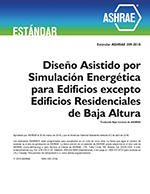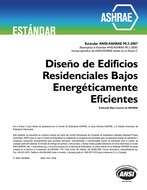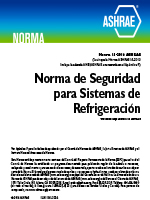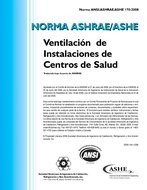Description
A series of field experiments was conducted using four test. buildings to investigate the effect. of wall mass on the heating energy savings achieved by night temperature setback. The test buildings were identical with the exception of the wall construction which was as follows: insulated wood frame, insulated masonry (outside mass), log, and insulated masonry (inside mass). When weekly heating loads were plotted as a function of average outdoor temperature, the only effect caused by night temperature setback was a reduction in the balance-point temperature. Variability in the measured test results precluded determining whether or not differences in wall construction caused statistically significant differences in setback savings.
Computer simulations using the Thermal Analysis Research Program (TARP) indicated that the heavyweight test buildings had smaller setback savings than the lightweight test building. Computer simulations of a typical house indicated that the addition of interior mass features (i.e., partition walls and interior furnishings) provided a small decrease in the annual setback savings. When a complete level of interior mass features was present in the typical house, wall mass had only a “very” small effect on the setback savings. Annual setback savings for seven U.S. cities covering a wide range of climate ranged from 11 percent to 37 percent. Predicted annual setback savings agreed with results previously published by Nelson, except. for West Coast. and mild climate cities.
Citation: ASHRAE Transactions, 1984, vol. 90, pt. 2A, Kansas City, MO
Product Details
- Published:
- 1984
- Number of Pages:
- 23
- File Size:
- 1 file , 2.3 MB
- Product Code(s):
- D-KC-2838




